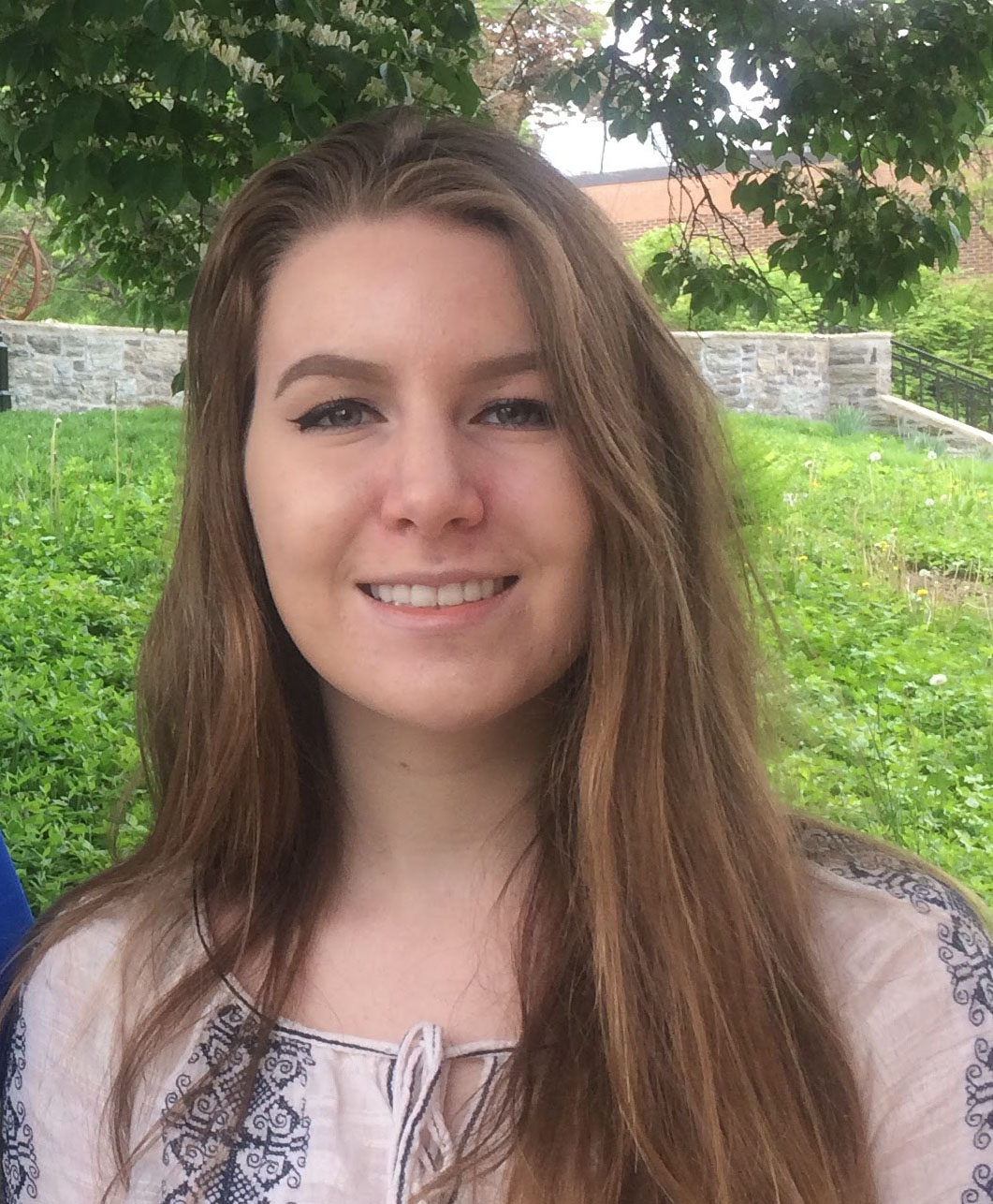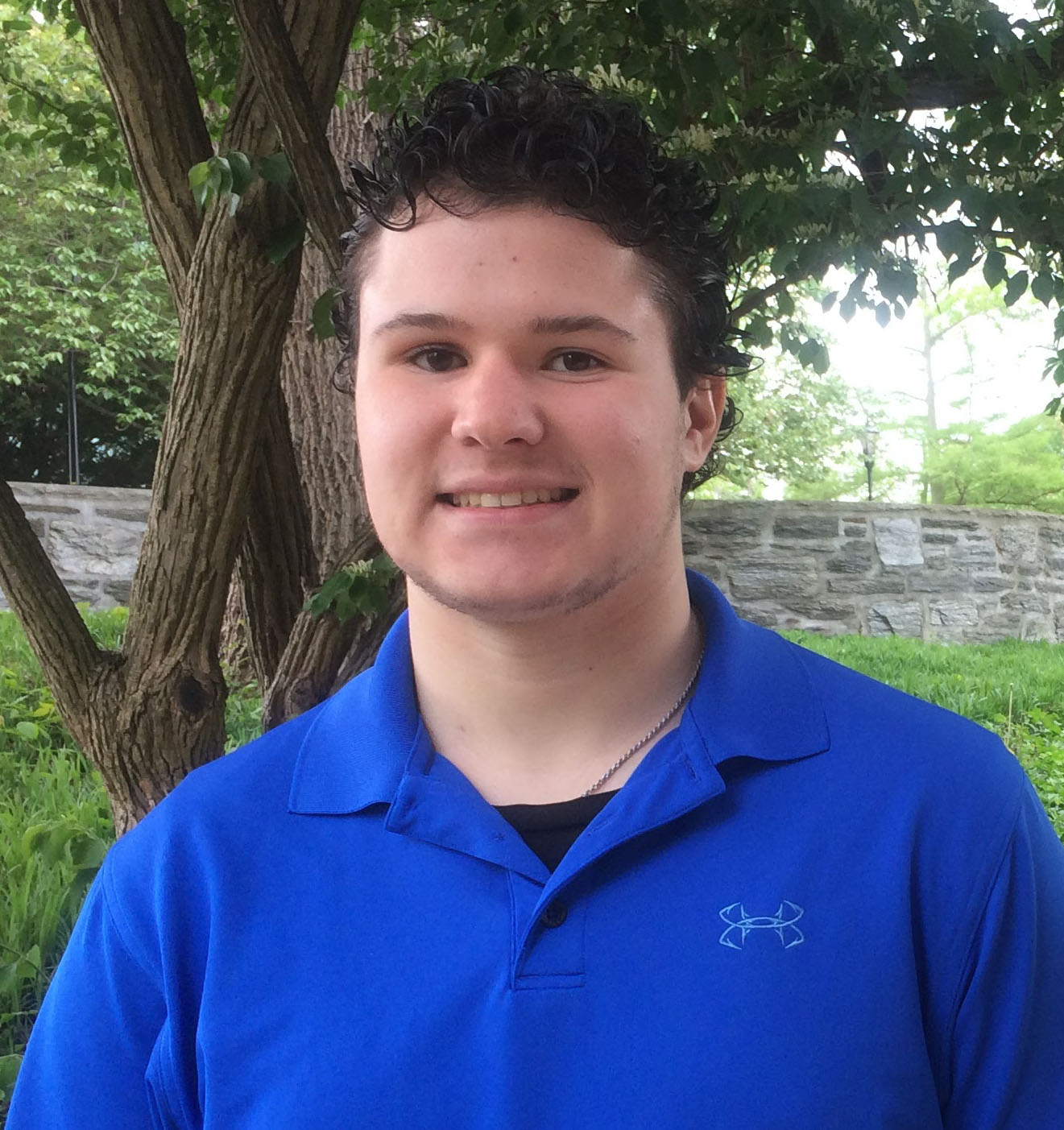Below is a summary of the abstract you submitted. Presenting author(s) is shown in bold.
If any changes need to be made, you can modify the abstract or change the authors.
You can also download a .docx version of this abstract.
If there are any problems, please email Dan at dar78@pitt.edu and he'll take care of them!
This abstract was last modified on May 5, 2017 at 12:18 p.m..

Bacteriophages that infect bacteria are a vital component in the biosphere and tools for molecular biology with possibilities in advancing medicine. Phage has lytic or temperate life cycles where the bacterial host dies soon after infection or has the phage DNA becoming incorporated into the host genome, respectively. Several important enzymes are necessary for these life cycles. A phage attaches to a host cell membrane and must also be able to break it down to injects the phage DNA into the bacterium. Then, the phage hijacks host machinery to express genes and make proteins. For the lytic cycle, phages must produce structural components, which then allow the phage particles to assemble, form progeny phages, and lyse out of the host. For the temperate cycle, several proteins are required for the incorporation and maintenance of the phage DNA into the host genome. We have been examining the complete genome sequences of four Arthrobacter phages from three different clusters and determining specific genes and their possible functions. TinoCrisci was isolated and characterized at SJU and belongs to the AN cluster along with three other SJU phages from last year – Mariposa, Pharsalus, and Massimo. Interestingly, TinoCrisci and Massimo produced turbid plaques suggesting thst they are temperate phages while Pharsalus and Mariposa produce clear plaques being lytic phages. Phages Urla and MeganNoll were isolated and characterized at the University of Pittsburgh and belong to cluster AK. It is not known whether Urla and MeganNoll are lytic or temperate phages. We also annotated Pittsburgh phage Franzy that belonged to cluster AO-1 and was very similar to lytic phage Brent from SJU. By comparing nucleotide and protein sequences of each potential gene to other phages in the same clusters, we have been finding that they express many common proteins at very similar regions of their genomes. Our studies have helped us gain a better understanding of phages life cycles and their diversity.


